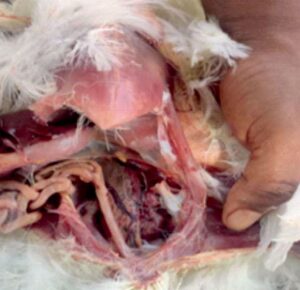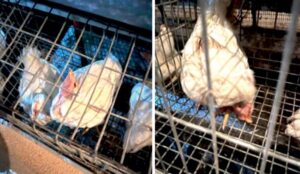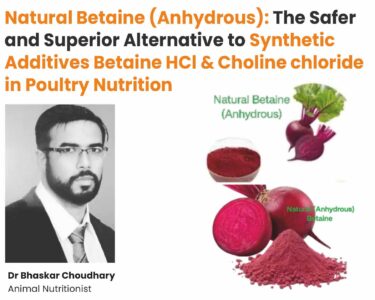
Dr. Sushil Kumar Dhariwal
Breeder and Hatchery Operation Consultant
Royal Poultry Consultancy Services,
Karnal, Haryana
Royal Poultry Laboratory Services,
Karnal, Haryana
Ph.: 90295-20001
Email: drsushild@yahoo.com
Introduction
As we know Newcastle disease/ Ranikhet disease is caused by Avian Paramyxo Virus-1. It is an Endemic disease in India. There are around 22-23 different serotypes/genotypes isolated in different parts of the world and it is/was considered to have cross protection among the strains.
The more popular strains are Serotype-2, 7 and 13B. This 13 B strain of the virus has become recently more popular and it is considered to be responsible for recent severe Virulent NDV outbreak in many parts of India (mainly in North India).
Current Outbreak-
-The current outbreak of ND in North India started from Commercial layers mainly in Barwala belt in November 2021, causing around 40% average depletion in growing birds from 3rd week to 13 weeks of age.
-Later the outbreak came in commercial broilers causing around 50-70% depletion.
-March and April 2022, broiler breeder also got outbreak from 3rd to 12th week of age, causing around 10-15% depletion in female and 20-25% depletion in males.
-Earlier age the outbreak came; more depletion was there as disease got coupled with IBD infection.
-The duration of disease observed is 10 days to even 40 days in some cases.
-Luckily not many cases of NDV outbreak were heard in laying stage of birds as laying birds being more vaccinated and having better protective antibody titers against the virus.
-Sporadic outbreaks still there in layer and breeder growing flocks but severity of disease is somewhat less.
Diagnosis of NDV infection
-The disease being per-acute, sudden onset of the disease and high mortality observed.
-Disease showed mainly Viscerotropic Velogenic outbreak initially, which post 10-12 days of outbreak, got converted to Neurotropic form.
-During Viscerotropic form-we could see severe Proventricular hemorrhage on tips and in some cases, hemorrhage was there in gizzard also.

Hemorrhagic gizzard Glandualar Tip Hemorrhage
There are typical Paint Brush Hemorrhage in Proventriculus

We could see button ulcers in intestine which are pathognomonic lesion of ND and hemorrhagic and inflamed Caecal tonsils also.

In some cases, kidneys were also severely damaged, might be due to coupled IBD infection.

In some cases, kidneys were also severely daIn Neurotropic form, we could see lot of cases of torticollis and circling. Some time upto 10% of the bird showed torticollis maged, might be due to coupled IBD infection.

Other Diagnostic tools-
- HI titers
- Elisa Titers
- rtPCR test.
Treatment of disease:
How to prevent losses once outbreak is there:
- Supportive treatment-triple salts, antipyretics, immunomodulators etc. helped to reduce losses.
- Double dose of Lasota live vaccine in drinking water helped in most of the cases.
- Some tried Lasota live vaccine by IM injections- but more mortality was observed due to handling stress and needle transmission of disease in higher number of birds.
- Concentrated broiler vaccines and Genotype 13 killed vaccine done by changing vaccinator needles also helped to some extent.
- 40-50% of torticollis birds recover with time, so no need to cull these birds
Prevention of ND outbreak:
- Farm and shed hygiene, sanitation and strict Bio-security measures are must for preventing the disease.
- Better Immunity of the birds crucial for disease control.
Vaccination for breeder flock
Age – Vaccine
- 5-7 days- Lasota live eye drop
- 8-9 days- ND (genotype 2 and 13B) + IB +IBD killed @ 0.3 ml/bird
- 4th week- ND+IB live eye drop
- 4-5th week- ND Killed Broiler concentrated vaccine/genotype 13 killed vaccine @ 0.2-0.25ml/bird
- 9-10th week- ND killed (genotype 2 and 13B)/all to be live vaccine
(Vaccination schedule is just suggestive, it can vary from farm to farm and area to area).
Article based on practical field experience.





